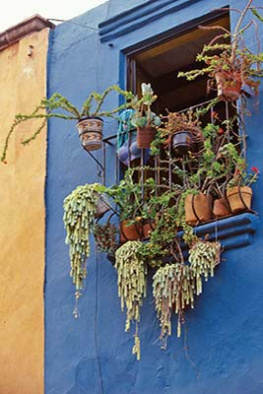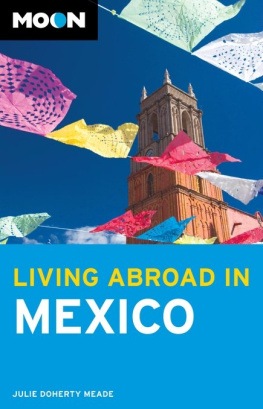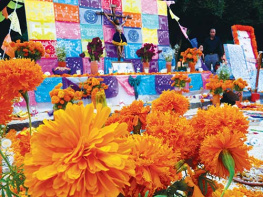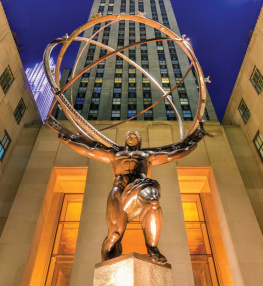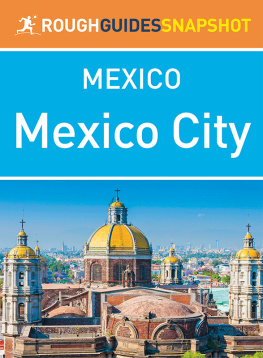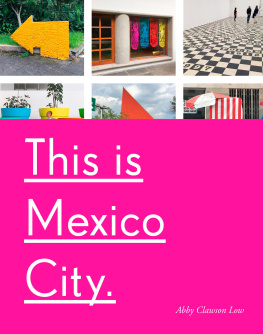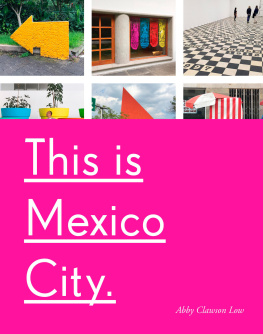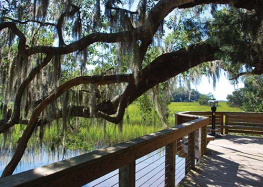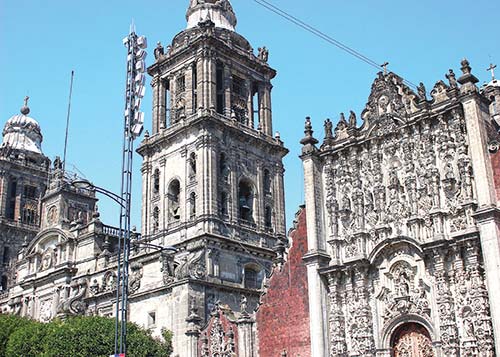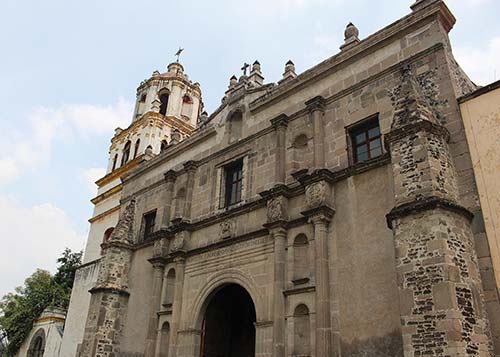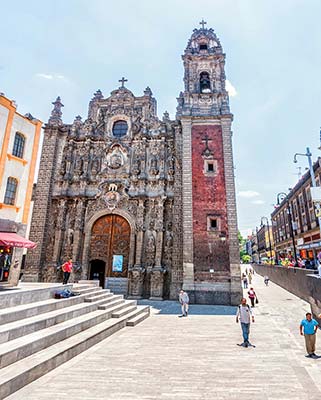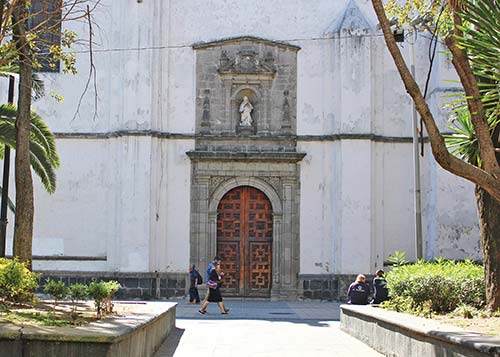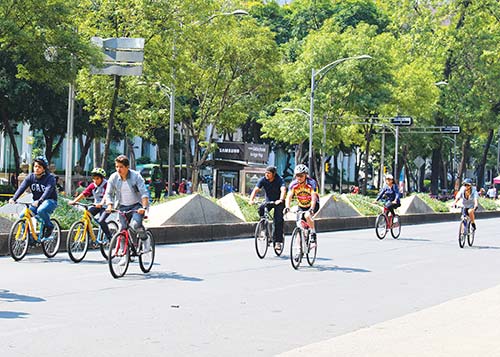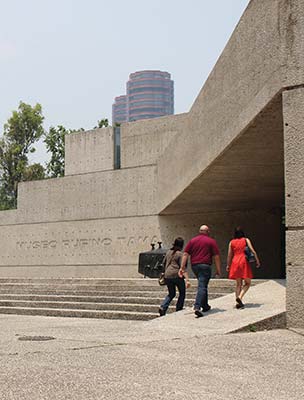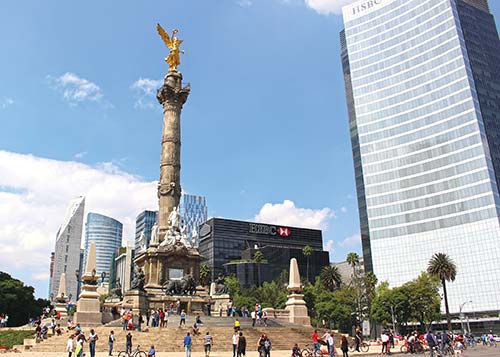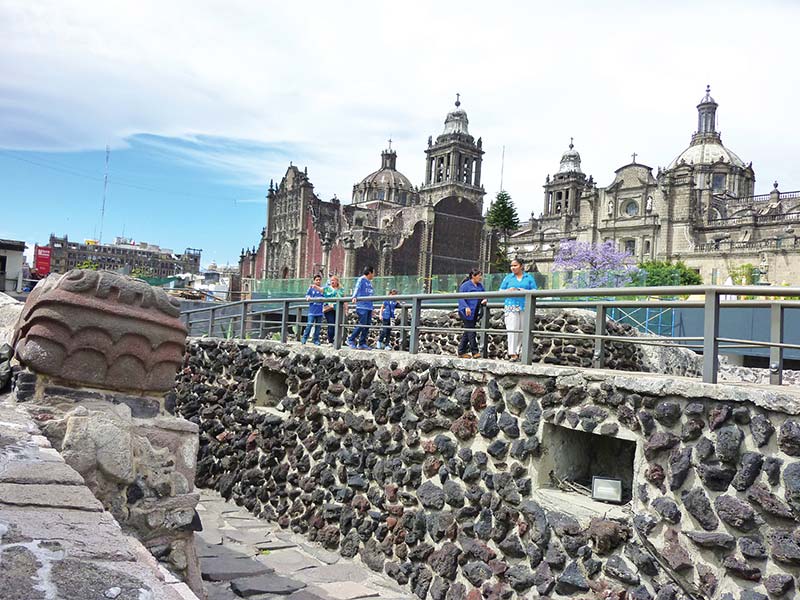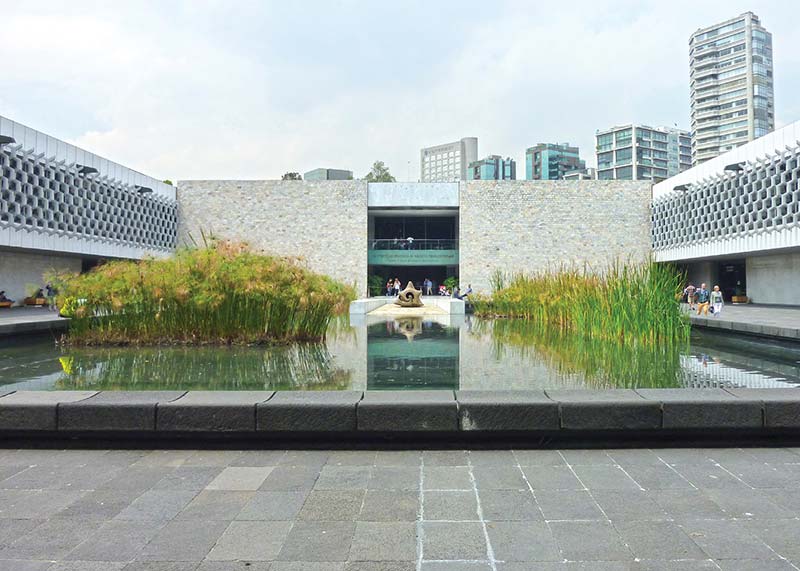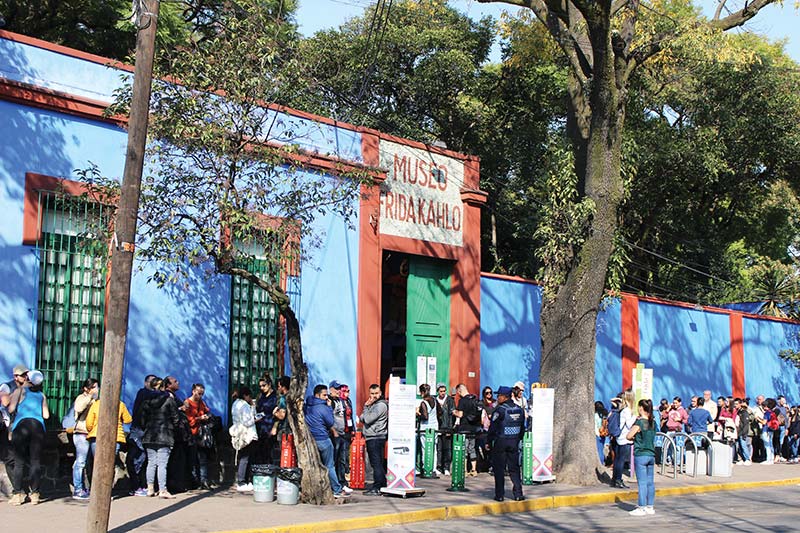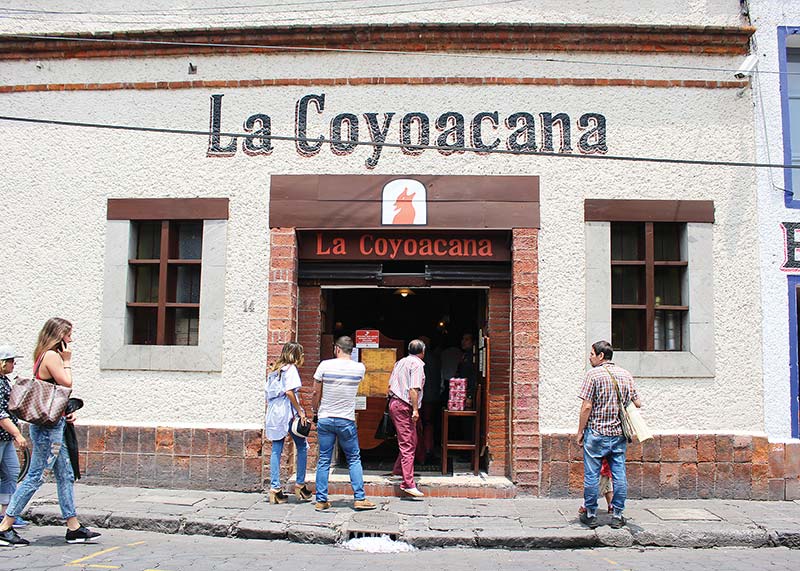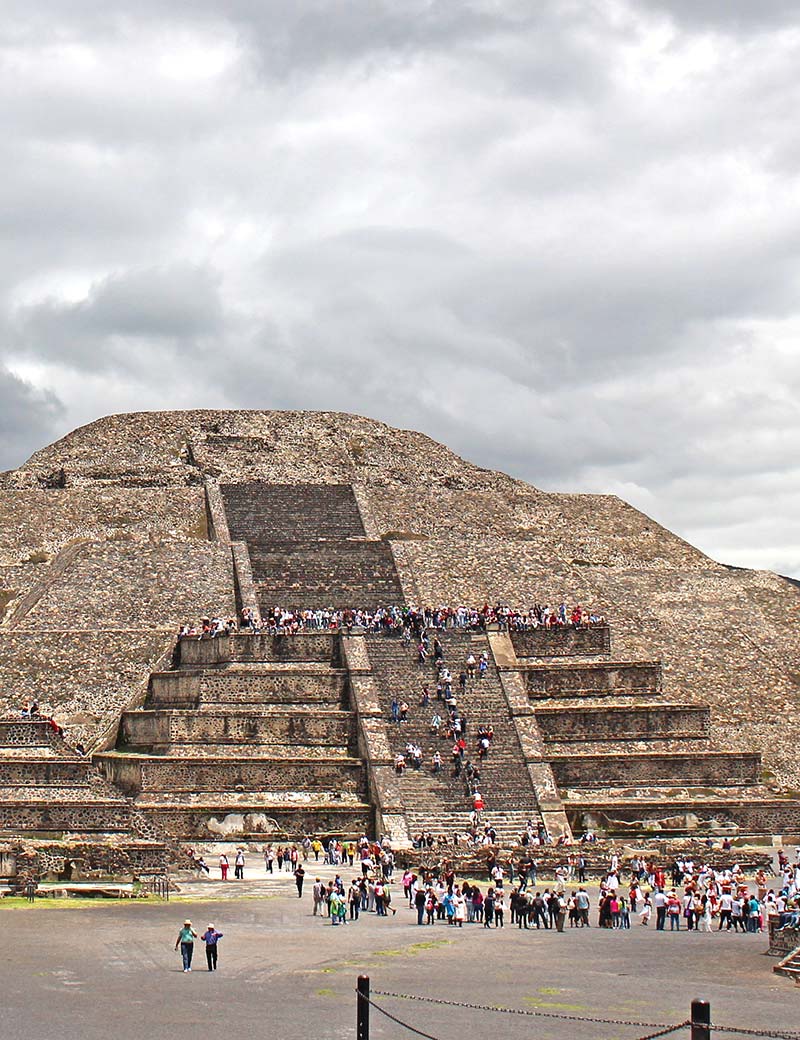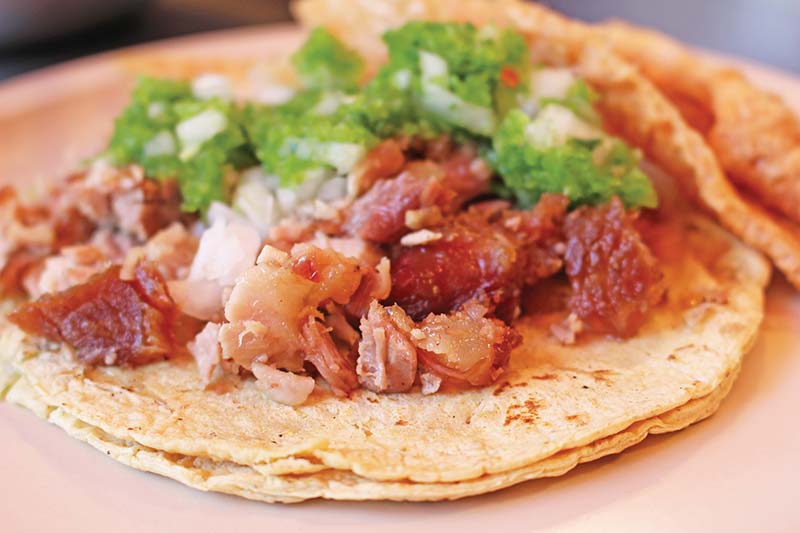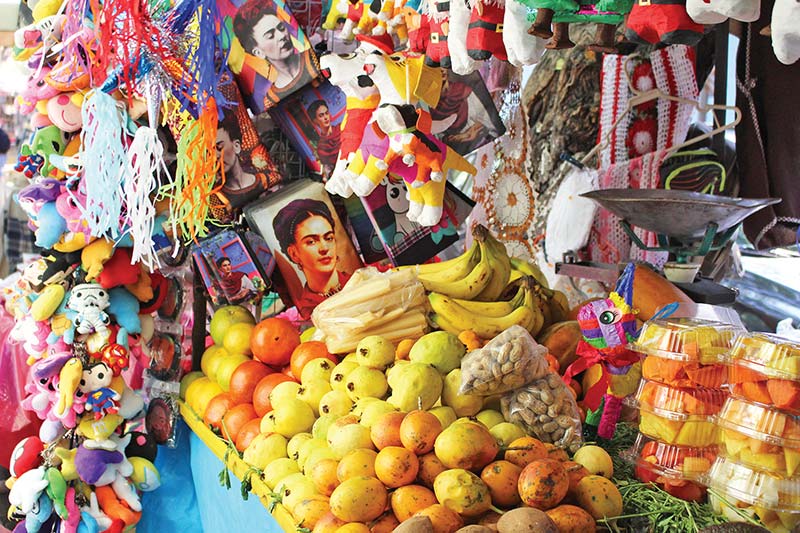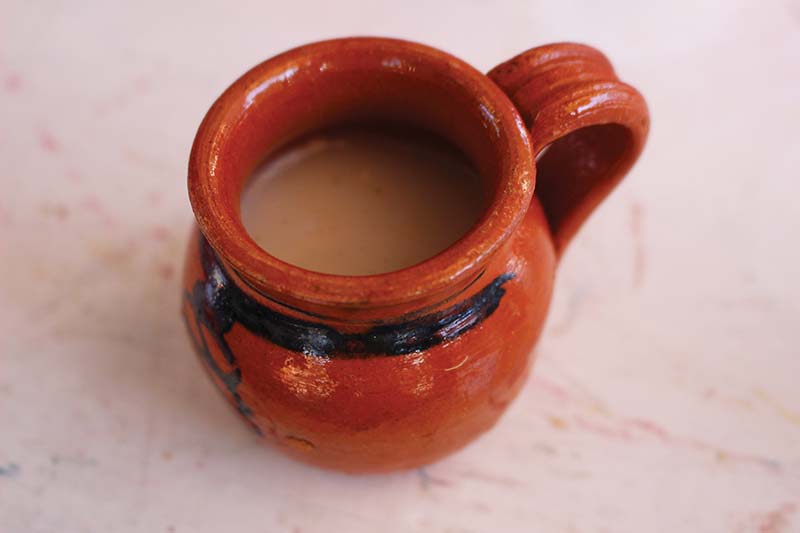Contents
Contents

MEXICO CITY
JULIE MEADE
Mexico City occupies a piece of land that seems destined for grandeur. Blanketing a broad alpine valley, it was once Tenochtitlan, an island city that was the most populous in the Americasand by some estimates, the worldduring the 15th century. Razed during the Spanish conquest, Tenochtitlans ruins lie beneath the modern metropolis, which covers 1,480 square kilometers and has a population of over 21 million.
Amid the urban sprawl, there are lovely residential enclaves, architectural landmarks, and a multitude of cultural treasures, from dazzling pre-Columbian artifacts to artist Frida Kahlos childhood home. For those who love to eat, there is no better place to explore Mexicos varied palate. The citys famous food scene runs the gamut from relaxed street-side taco stands to elegant fine dining.
Mexico City defies expectations. Baroque palaces rise above streets noisy with traffic, old-fashioned coffee shops filled with seniors sipping caf con leche stand beside generic convenience stores, and contemporary art galleries adjoin hole-in-the-wall bakeries and auto repair shops. Many of the descriptors most closely associated with the capitalcrime, pollution, povertybelie a city that is beguilingly low-key and friendly, rarely gruff, and invariably worth the effort it takes to explore. In this and every way, Mexico City is a place you must experience to understand. Come expecting one city and youll likely find another. The contrasts, both jarring and delightful, define this mad metropolis, one of the most singular and marvelous places on earth.
Parroquia de San Juan Bautista in central Coyoacn ()
Iglesia de la Santsima Trinidad ()
Templo de Regina Coeli ()
cyclists on the Paseo de la Reforma during Paseo Dominical ()
Museo Tamayo, one of the citys best contemporary art spaces ()
the ngel de la Independencia on the Paseo de la Reforma ()
Museo del Templo Mayor: Mexico Citys rich and tumultuous history is revealed at these ruins of a great temple-pyramid that was destroyed during the 16th-century Spanish siege on Tenochtitlan. The museum showcases artifacts recovered from the archaeological site (
Palacio de Bellas Artes: With its grand marble facade and opulent art deco interior, the Palacio de Bellas Artes is one of Mexicos most striking buildings, as well as its keynote arts institution ().
Museo Nacional de Antropologa: Take a grand tour of Mexicos pre-Columbian cultures through artifacts and art. In this fascinating museum, the most impressive rooms are dedicated to the people who lived in Tenochtitlan, today Mexico City (
Museo Frida Kahlo: A superbly talented painter and a beloved icon throughout the world, Frida Kahlo is celebrated at this lovely, intimate museum in her childhood home ().
Cantina Culture: These relaxed neighborhood bars and gathering spots are an essential part of life in Mexico City. Spend a few hours enjoying the convivial atmosphere with a shot of tequila in hand ().
Teotihuacn: Admire the views from the top of two spectacular temple-pyramids at Mexicos most visited archaeological site, a day trip just outside the city limits ().
Tacos: Mexico Citys tremendous food scene is reason alone to visit, and nothing is more emblematic of the capital than tacos, from inexpensive carnitas served at street stands to gourmet iterations ().
Traditional Markets: If you only have time to visit one of the citys many colorful and atmospheric markets, make it Mercado de la Merced ().
Pulque: This fizzy fermented beverage is made from the sap of the maguey cactus. Drinking pulque is a tradition in the capital and today the drink is experiencing a deserved revival ().
Contemporary Art: With the opening of new world-class museums and the continued excellence of many long-running galleries, the citys contemporary art scene continues to flourish ().


